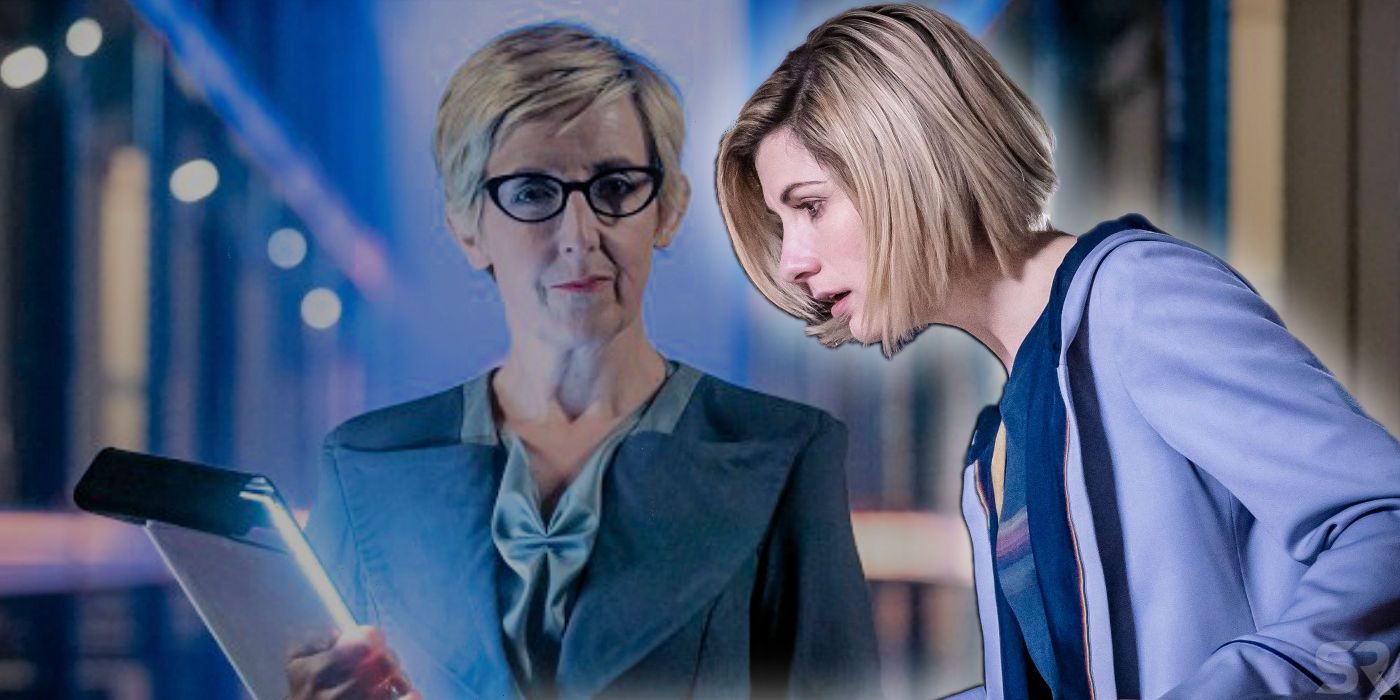
The latest episode of Doctor Who season 11, "Kerblam!," pits the Doctor against an old-school threat that's been updated for modern audiences. Writer Pete McTighe is new to Doctor Who, but he's loved it from afar for a long time. His prison series Wentworth featured episodes bearing titles like "The Girl Who Waited," "Hell Bent," and "Fear Her." As far back as 2015, he was telling No White Noise that his entire career is a pitch to get to write Doctor Who. His dream has finally come true - and it's no surprise that this episode felt more like a classic Doctor Who episode from John Nathan-Turner's time as producer.
"Kerblam!" exploits a traditional Doctor Who conceit, turning the everyday into something to be feared. In this case, the threat is Amazon writ large, and the villain's weapon of choice is literally explosive bubble wrap. The premise is simple enough, with a rogue human attempting to turn an automated system into a murderous weapon; the Tom Baker story "The Robots of Death" had a very similar conceit, and this episode seems almost like a love-letter to that particular adventure. Both stories end with the Doctor turning the villain's own weapon against him.
Related: Jodie Whittaker's Doctor Is Done With The Time War
So what was Doctor Who really saying about automation? What did happen when the Doctor met Agatha Christie? Why can't the Doctor fly the TARDIS? And why was the Head of People managing reception at the Kerblam warehouse plant? We explore all the key questions and mysteries.
- This Page: From Bubblewrap As A Threat To CGI Problems
- Next Page: Why Can't The Doctor Fly The TARDIS - And What Is A Teleport Pulse?
12. What Was Doctor Who Actually Saying About Automation?
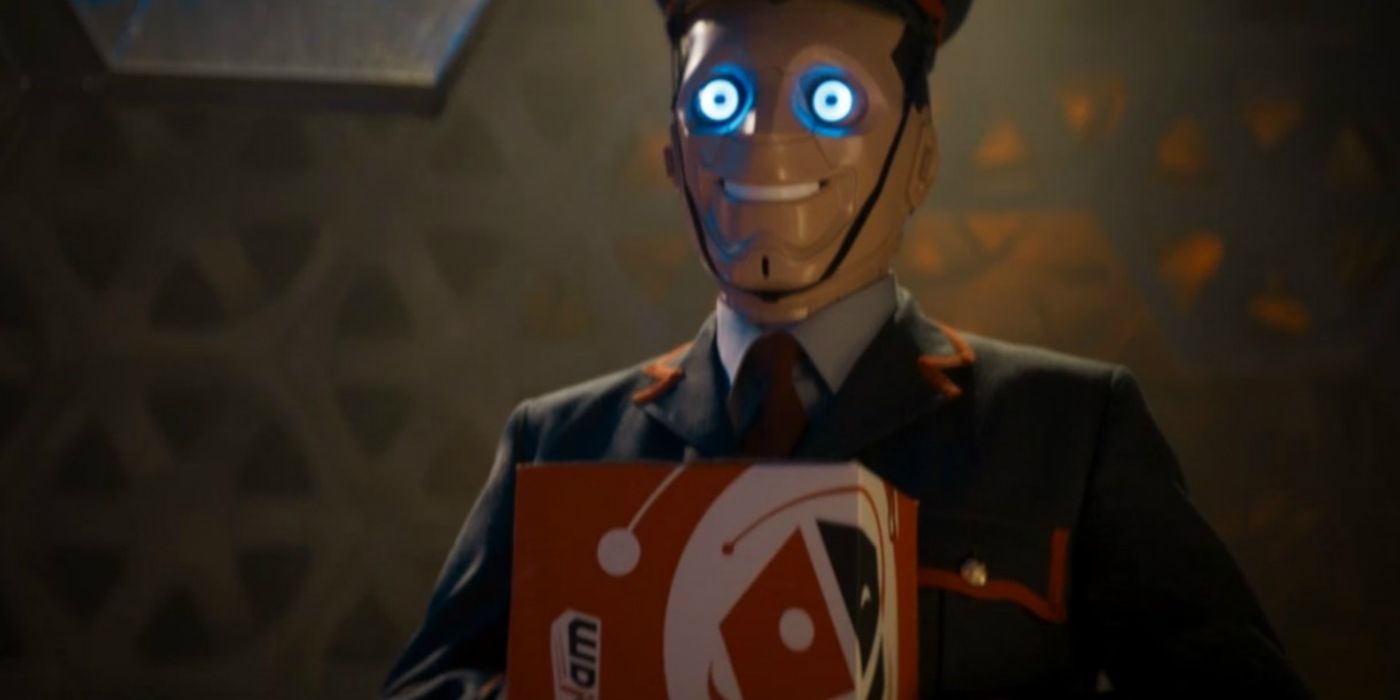
Doctor Who season 11 has been committed to social commentary, dealing with everything from gun violence in "Arachnids in the UK" to the battle against prejudice in "Rosa." This episode lays into everything from automation to workplace bullying, from middle management to online retail. But its message is surprisingly complex; in a neat subversion, there's no high-powered corporate conspiracy, just a single rogue employee who really seems to be a twisted trade unionist.
While not all the middle management are particularly pleasant, their hearts are in the right place, and they're genuinely attempting to do the best they can for their staff and company. The Doctor sums up the message of "Kerblam!" in her furious speech to Charlie. "The systems aren't the problem," she tells him. "How people use and exploit the system - that's the problem."
11. Was The Bubblewrap A Commentary On Classic Who?
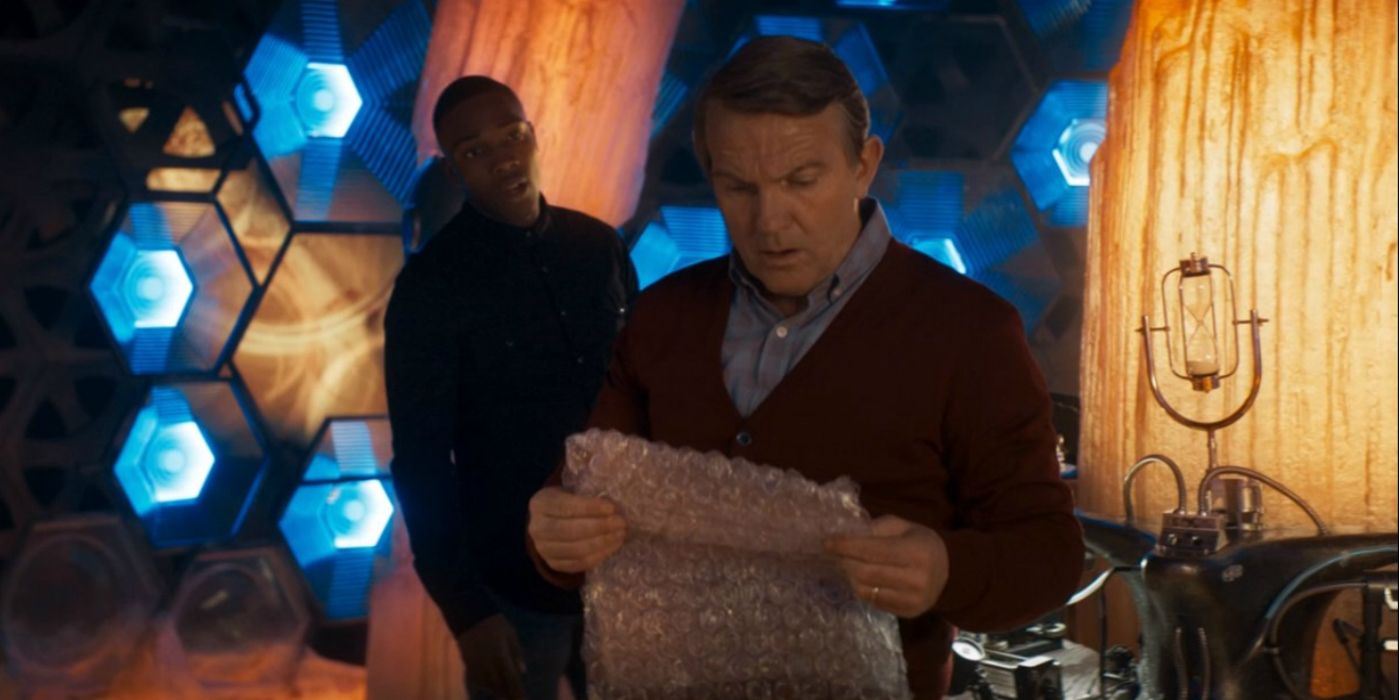
The classic Doctor Who series was famous for its low budget, with the production team using everyday objects to create as much a sense of terror as they could. The Giant Maggots in The Green Death, for instance, were inflated condoms; Planet of the Daleks featured a Dalek army that were really a handful of wind-up toys with mirrors placed around them; and in The Ark In Space, the crew actually did use painted bubblewrap to simulate an alien infection.
Hilariously, even the modern TARDIS exterior reflects the shoestring budget of the original series; real police boxes were made out of concrete, but Doctor Who initially made a wooden replica because it was all the show could afford. "Kerblam!" writer Pete McTighe is known to be a fan of the old series, so the idea of literally using plastic bubblewrap as a terrifying weapon is amusingly meta.
10. Did Doctor Who Overestimate What It Can Do With CGI?
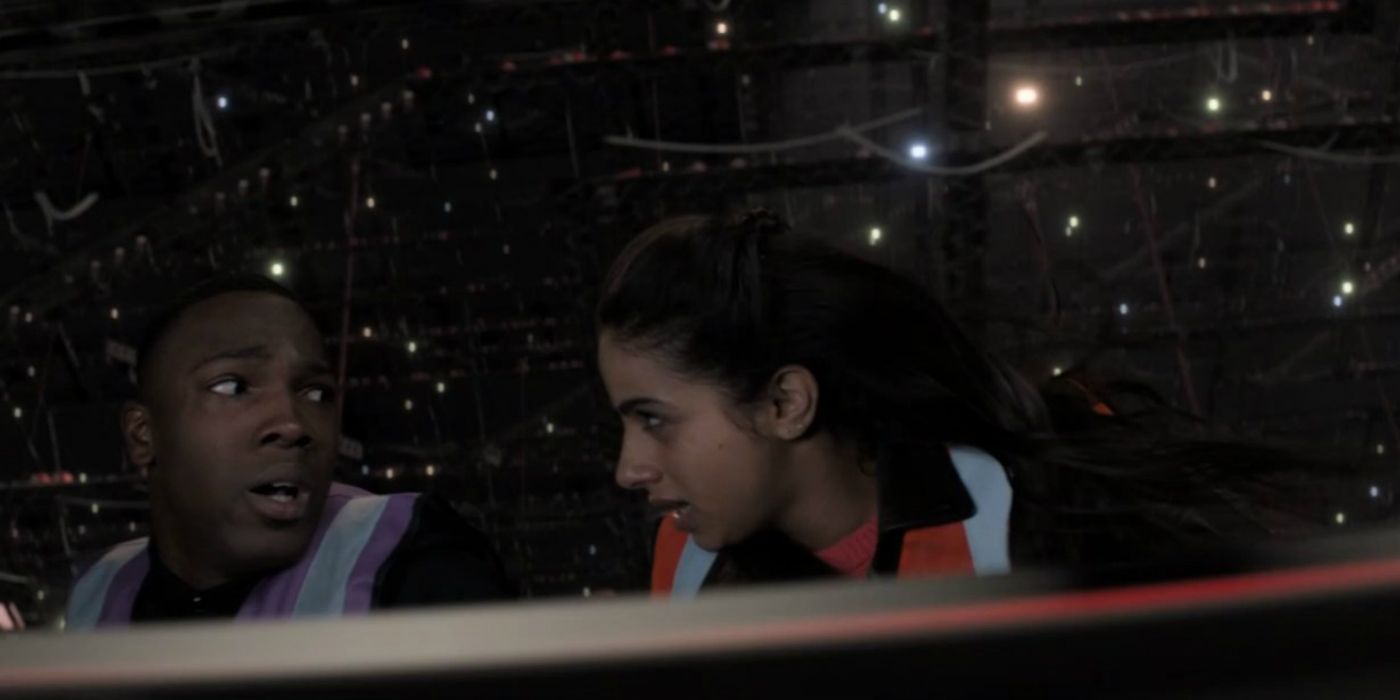
Practical effects were the bane of classic science fiction, as few TV shows could afford the best - and certainly not on Doctor Who's budget. But the modern equivalent is CGI. In theory, anything is possible with CGI; in reality, just as with old-school practical effects, the best CGI is expensive. "Kerblam!" shows the limits of Doctor Who's CGI, most notably in the scenes where Ryan, Charlie and Yaz make their way through the delivery and packaging systems. Given "Kerblam!" pokes fun at old-school Who's bubblewrap monsters, there's a real sense of irony to this problem.
Related: Classic & Modern Doctor Who TV Shows Get Honest Trailers
9. What Did Happen When The Doctor Met Agatha Christie?
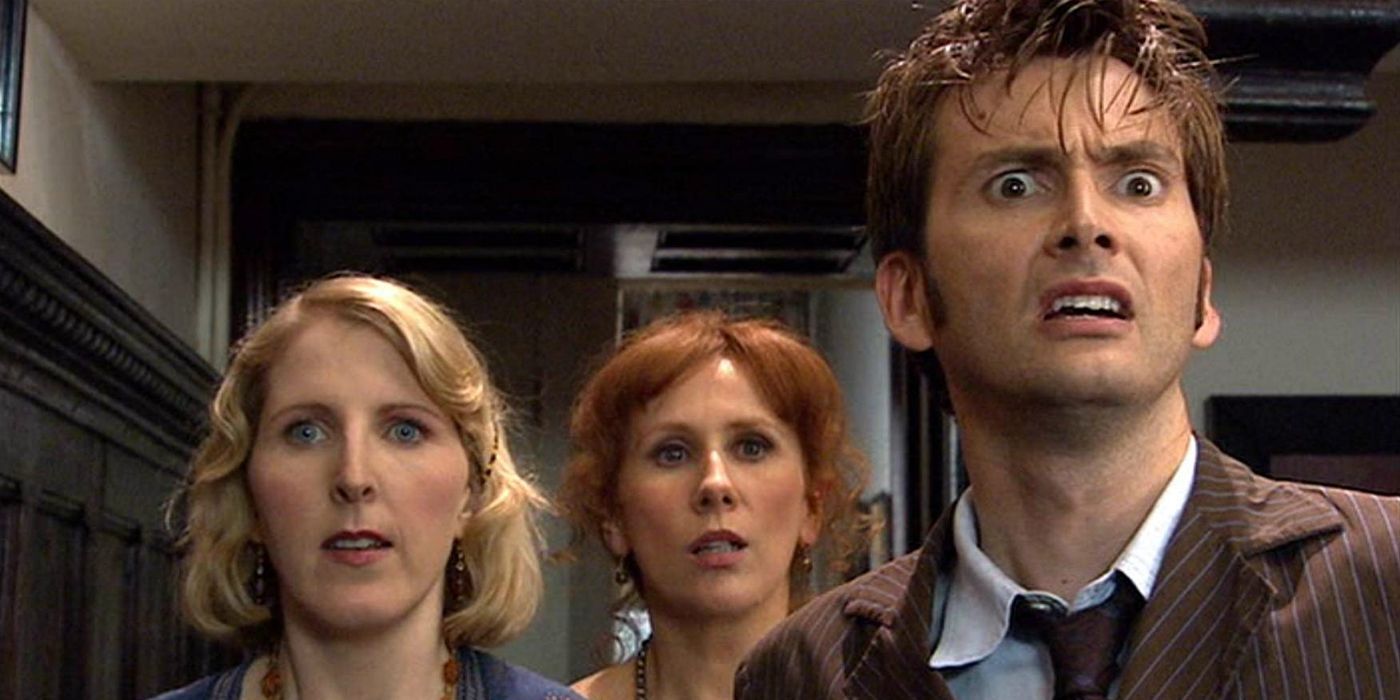
The Doctor has always loved a bit of name-dropping, but "Kerblam!" marks a rare case where she refers to a previous adventure that viewers have seen. A mention of wasps reminds the Doctor of the time she met Agatha Christie; that's a reference to the season 4 episode "The Unicorn and the Wasp." In that episode, the Doctor and Donna invited themselves to a dinner party attended by the legendary author, and uncovered an alien Vespiform - a giant wasp - that was committing a string of murders. Amusingly enough, as we've already mentioned, "Kerblam!" is very similar to the classic Doctor Who episode "The Robots of Death" - appropriately, a story that was inspired by Christie's murder mysteries.
8. Why Was The Doctor Made The Janitor, And Ryan Allocated Packing?
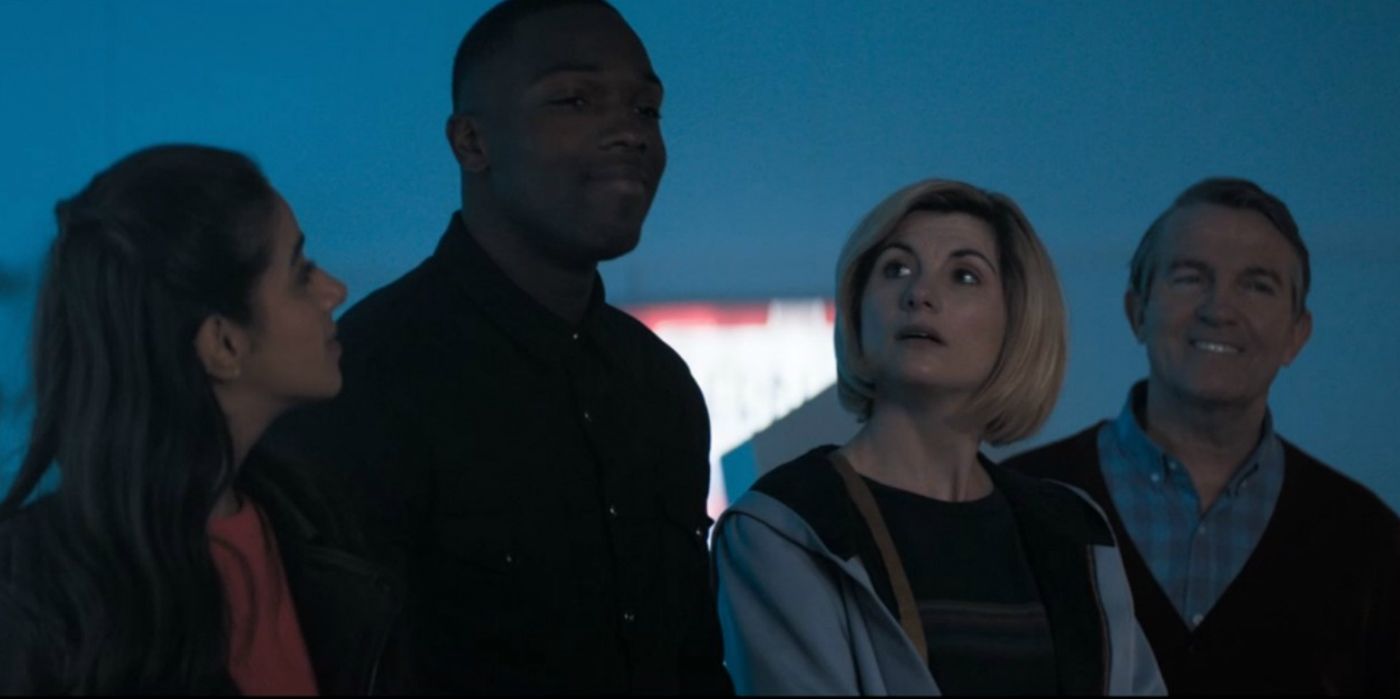
The Doctor is unimpressed when the system allocates her the role of Janitor; she prefers to find her own way to investigate, and so she uses the sonic screwdriver to switch roles around. Ironically, she was making the job a lot harder for herself; the Kerblam system wanted her to be the Janitor so she could have unrestricted access, even to the lowest levels. What's more, she'd have come into immediate contact with Charlie, the cleaner who was responsible for all the chaos. As for why Ryan, who has dyspraxia, was put in Packing? It's presumably because the Kerblam surveillance system had recorded him talking about his old job, and knew he had the right experience.
7. How Did The Doctor And Her Friends Get Away With Doing No Work?
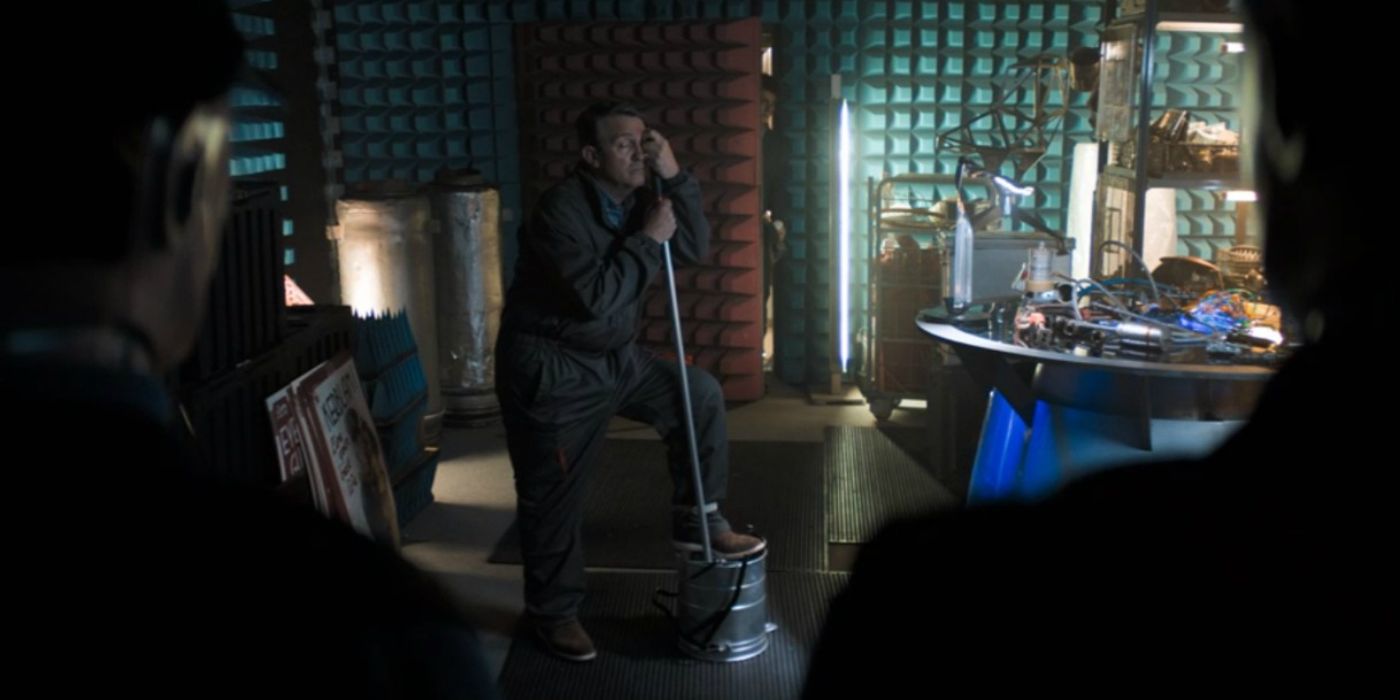
"Kerblam!" has a lot to say about modern workplace culture, including the extent to which workers are monitored by performance management systems. In spite of that, though, the Doctor and her friends basically get away with doing whatever they want. The Doctor ditches her task pretty quickly, Ryan wanders around without a hint of his movements being checked up on, and Yaz decides to follow another worker around. Presumably the Kerblam system was secretly working to help Team TARDIS by not reporting their slackness.
Page 2 of 2: Why Can't The Doctor Fly The TARDIS - And What Is A Teleport Pulse?
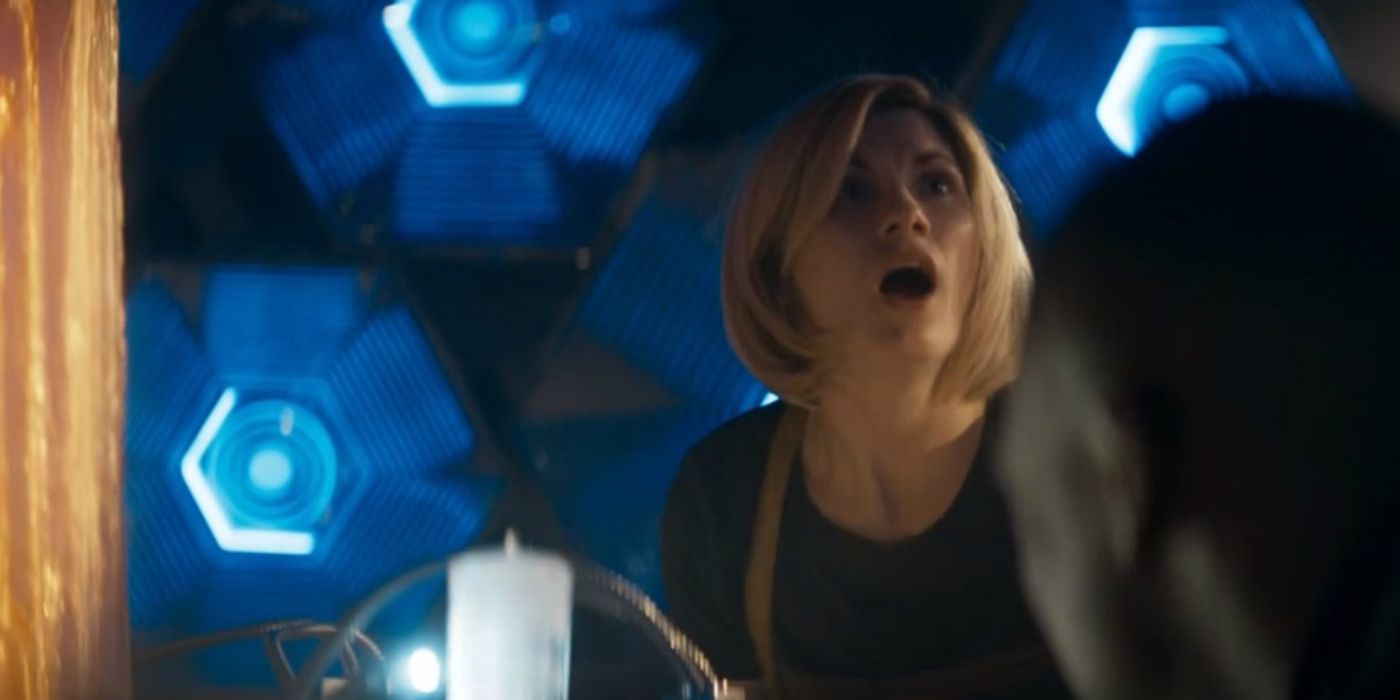
6. Why Can't The Doctor Fly The TARDIS?
"Kerblam!" answers one of the longest-running questions in Doctor Who history: just why can't the Doctor pilot the TARDIS? In the opening scenes, the Doctor is desperately attempting to work out how to avoid the teleport pulse. She complains that she "can't get the hang of these new systems," suggesting that every time the TARDIS interior changes, the systems are transformed too. The Doctor has to relearn how to operate her TARDIS every now and again.
5. Just What Is A Teleport Pulse?
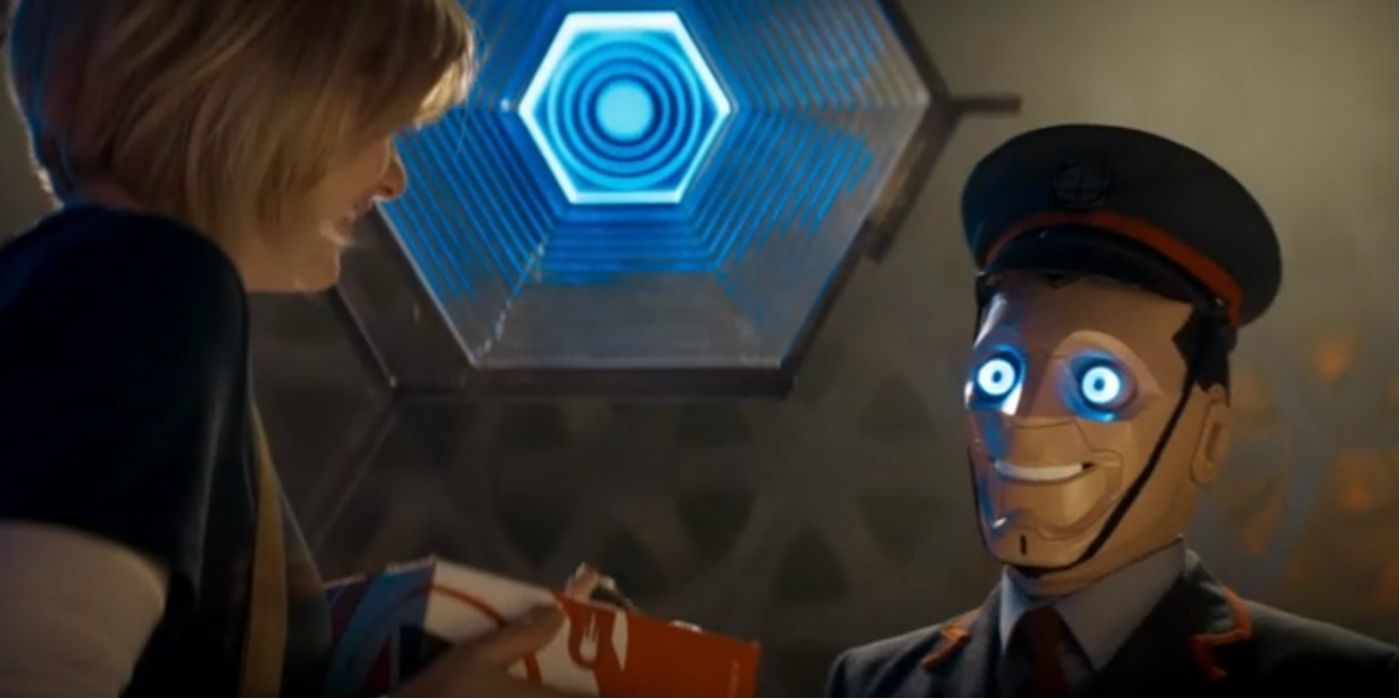
The episode opens with the Doctor attempting to evade what she calls a "teleport pulse." The technobabble is never explained, but it presumably refers to the fact that the Kerblam bots teleport into a location, drop off their gifts, and then teleport back again. The rest of the episode doesn't revisit the idea, however, with the Doctor hijacking their teleportation systems without any kind of "pulse" effect.
Related: Doctor Who: Jodie Whittaker (Brilliantly) Undid A Matt Smith Promise
4. When Did The Doctor Order A Fez?
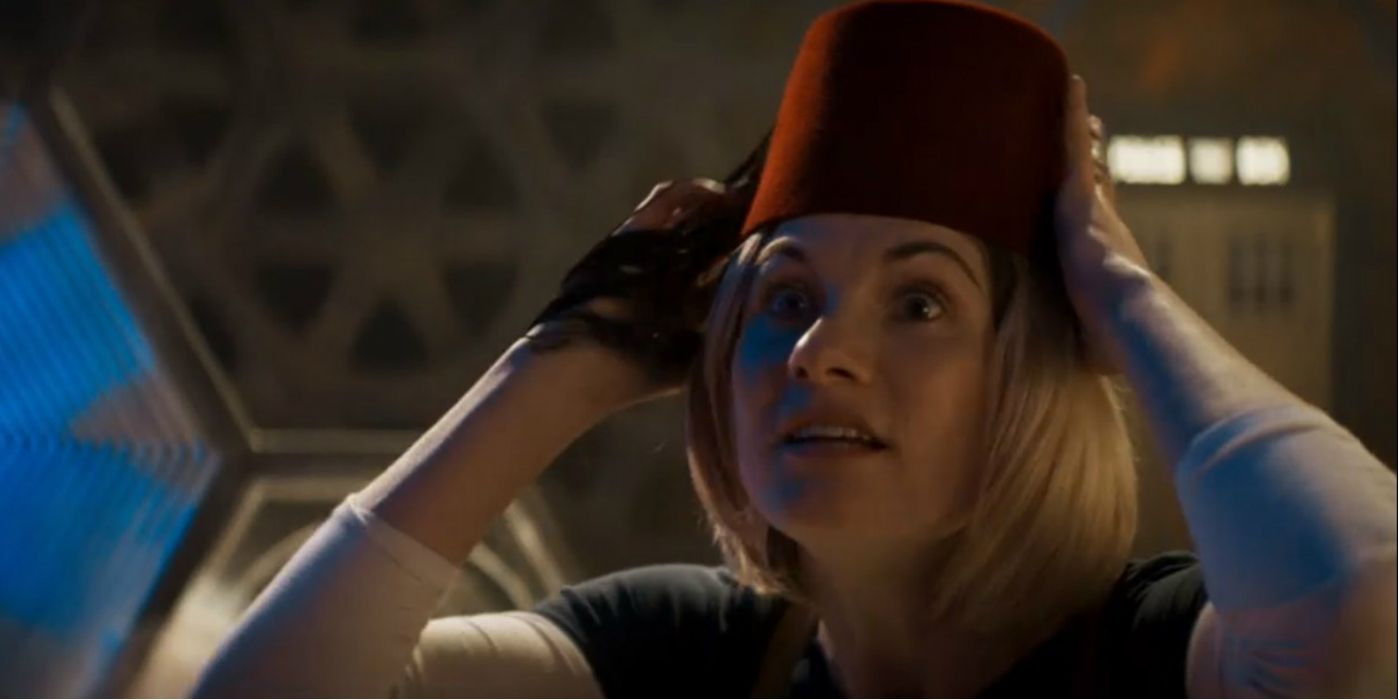
"Kerblam!" opens with the Doctor receiving a surprise gift, a Fez, which she delightedly tries on. It's a smart homage to the Matt Smith era, but the Doctor simply can't remember ordering it. The truth is that she probably didn't; rather, the Kerblam system ordered something it associated with the Doctor as a cry for help. It's amusing to note that even an automated delivery service seems to have heard of the Doctor and realized that she can help.
3. How Did The Doctor Neutralize Jarva Slade?
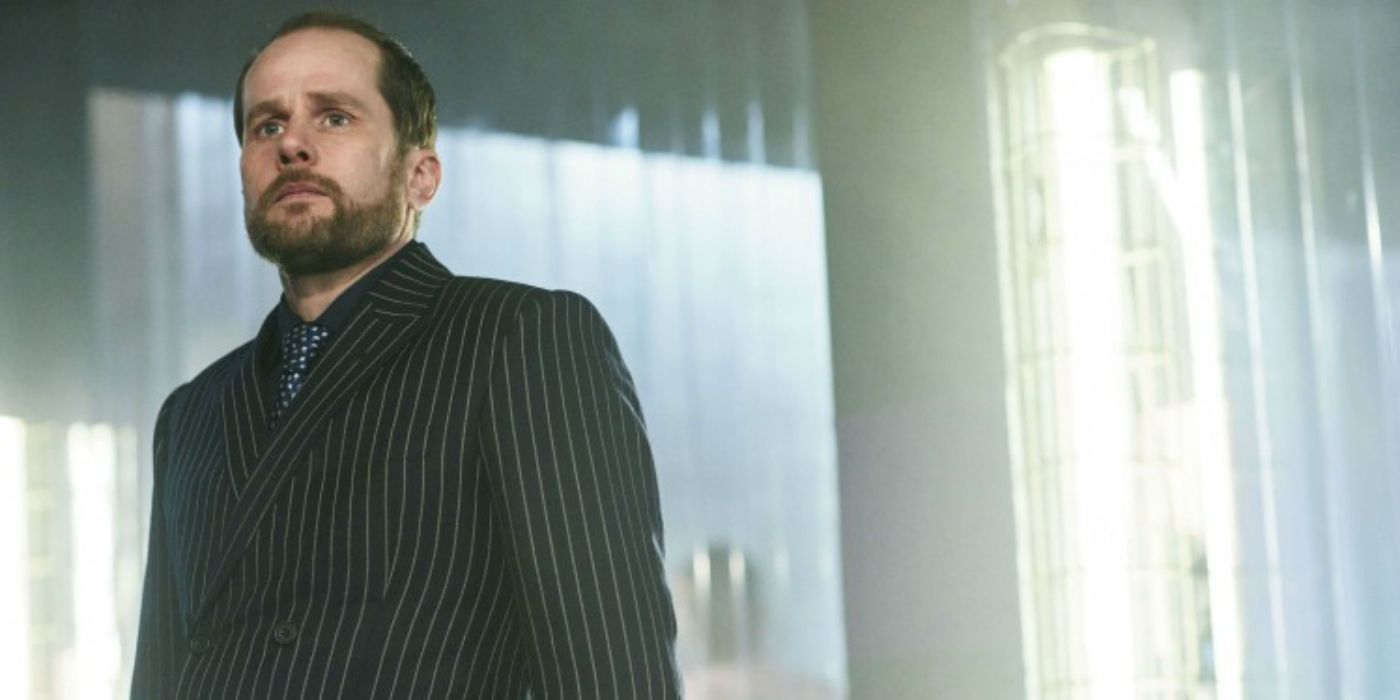
In one scene, a suspicious Kerblam boss draws a gun on the Doctor - but she disarms him with astounding ease. Jodie Whittaker's Thirteenth Doctor has remembered the skill of Venusian Aikido, a martial art that was first glimpsed in the Jon Pertwee era. Whittaker is a very physical actor, so it makes sense for her to deploy this characteristic defense skill. Notice that Whittaker demonstrates her skills in a far more subtle way, though, without any of the loud shouts or ostentatious hand-waving. What's more, she doesn't stun anybody; instead, she paralyzes Jarva Slade so she can disarm her.
2. Why Was Kira So Dumb?
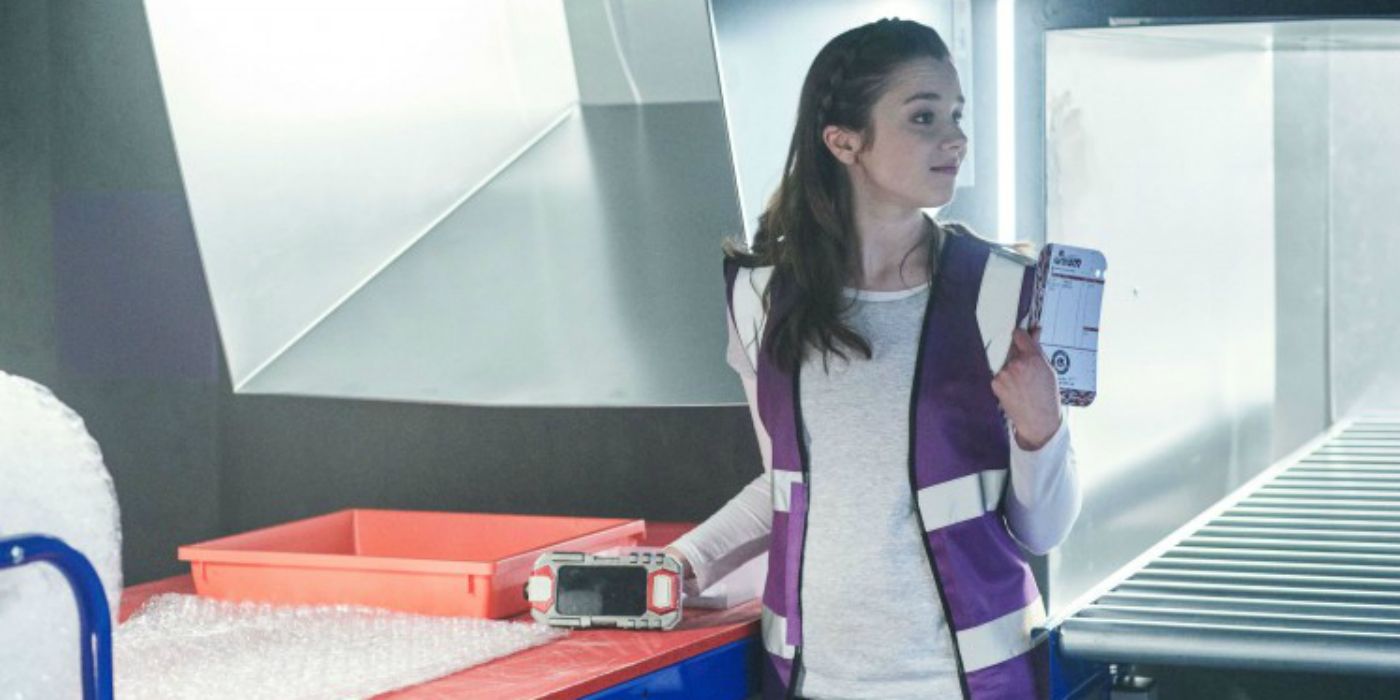
Claudia Jessie (Vanity Fair, Porters) plays the ill-fated Kira Arlo, a particularly painful character who seems absurdly naive and optimistic. Where other employees are bitter and tired, she focuses in on the idea that the gifts she wraps will bring a little joy into people's lives. It's perhaps an indication of just how desperate an upbringing she had; dialogue in the episode suggests that only 10 percent of this galaxy's population have work, after all.
1. Why Was The Head of People Managing Reception?
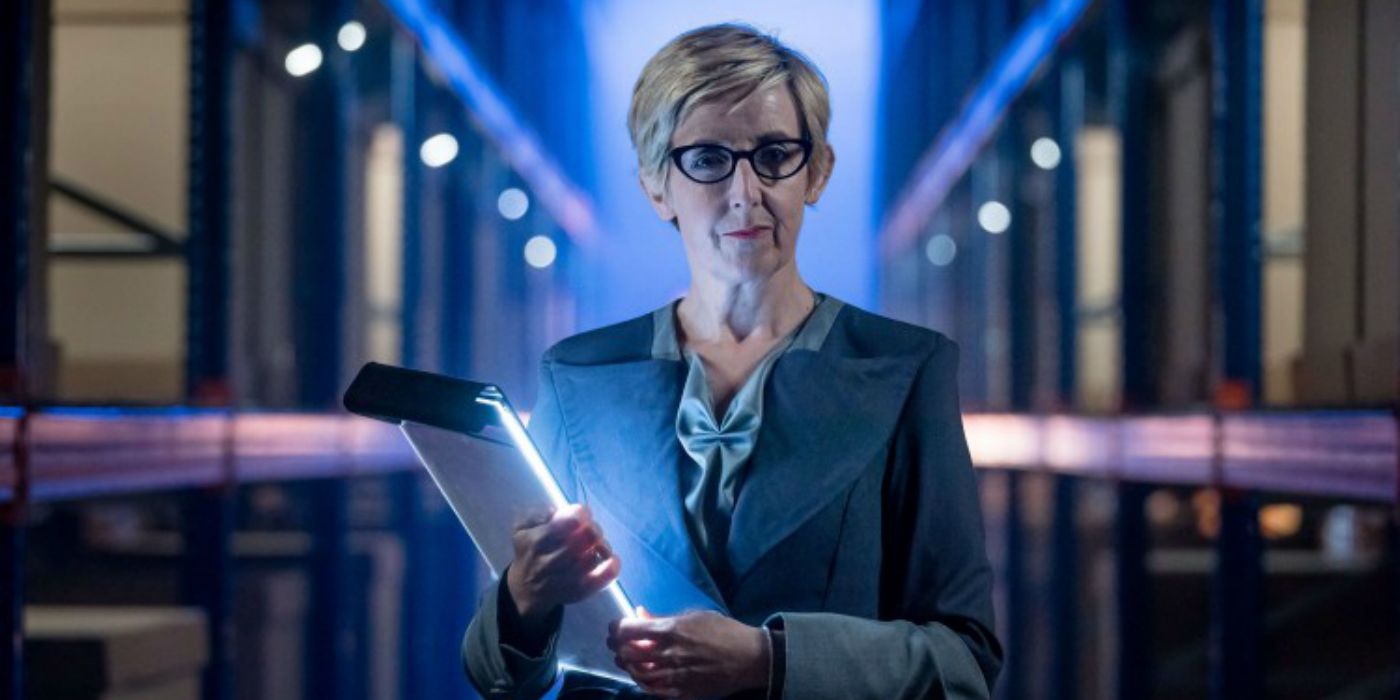
Julie Hesmondhaigh is tremendous as Judy Maddox, the Head of People, and yet her character is introduced in a very strange way. She's ostensibly the Head of People, responsible for managing 10,000 "organic" staff. And yet she's also apparently the receptionist. This is frankly inexplicable, but perhaps it's something that will make sense later down the line.
More: Doctor Who's New Villains Are Weak - Because They're Not The Real Villain
from ScreenRant - Feed https://ift.tt/2QOkNpj


0 Comments